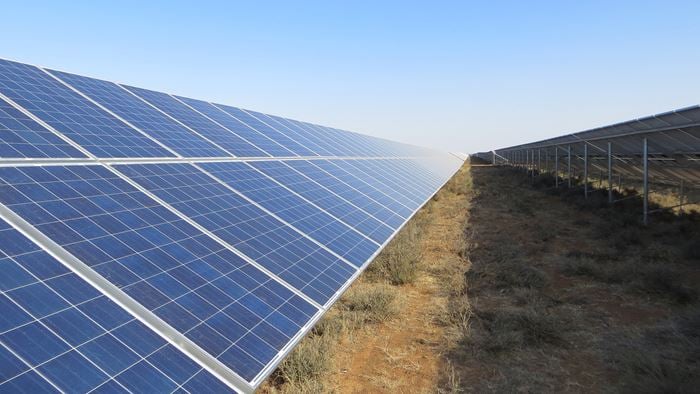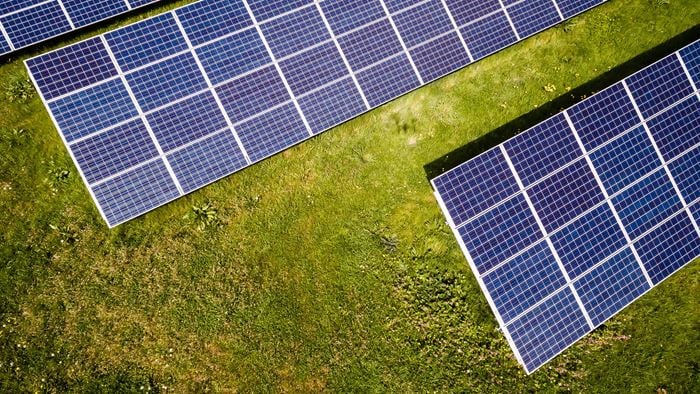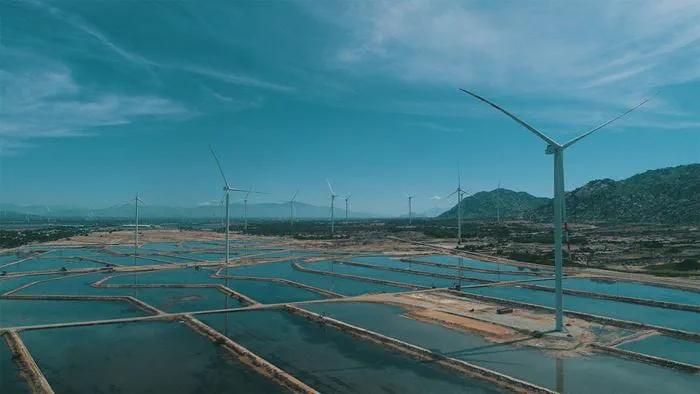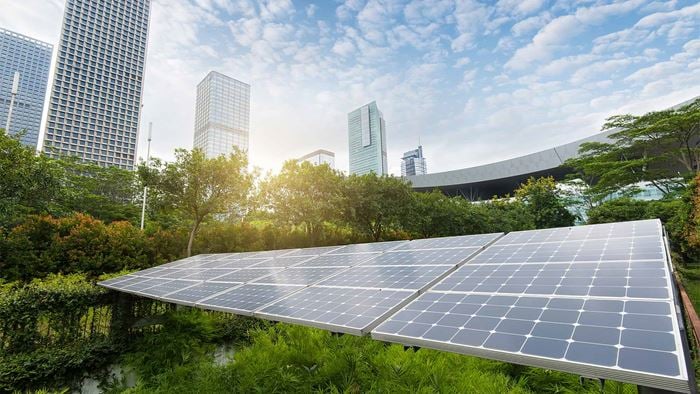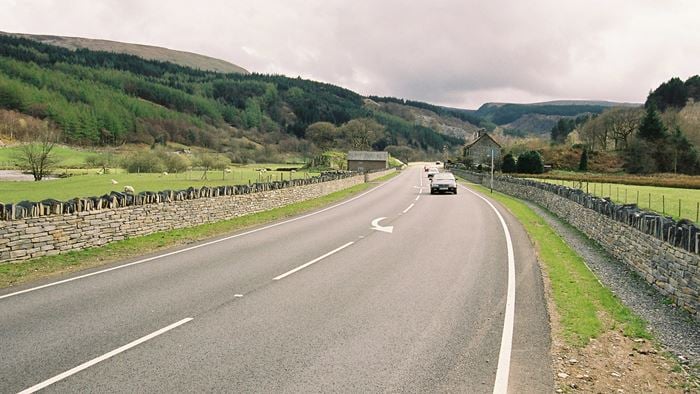TAN 8 promotes the concentration of onshore wind developments into defined Strategic Search Areas (SSAs). Seven SSAs have been identified within Wales, taking account of resource, population, vegetation, ecology, archaeology and a range of other factors.
Arup has also been heavily involved in Environmental Impact Assessments for a number of wind farm schemes throughout the Strategic Search Areas.
The implementation of TAN8 and the accompanying Ministerial Interim Planning Policy Statement (MIPPS) will help the Welsh Assembly Government meet their target of generating 800MW of onshore wind energy by 2010.
Environmental Impact Assessments
In 2006 Arup started the Environmental Impact Assessments (EIA) for three large wind farms in Wales on behalf on Acciona Energy UK Ltd. For each of these sites, applications have now been submitted to planning. During this time, work on another site in Wales has begun, where Arup is again conducting a full EIA.
A wind farm’s location, because of noise and visual amenity, is restricted to high, remote, open areas of land. As a result, there can be a number of environmental issues to address, particularly those concerning ecology, geology, landscape character and visual impact.
In Wales, peat bogs have presented particular problems for developers, both in reducing the ecological and geological impact of construction and in designing tracks that will lessen the impact where such areas have to be crossed. The ornithological interest in these remote, ecologically rich sites has also been a major issue. Arup worked closely with the client and statutory bodies to ensure that the design avoided and mitigated environmental impact.
Using 3D visualisation materials, the project team worked with other specialists to convey the potential impact of the developments to third parties, both as part of the Environmental Statements and in public exhibitions. Arup also provided extensive surveys and consultation to satisfy highways authorities that local roads could cope with construction traffic delivering and removing wind turbines from each site.
Arup is now marketing its services to other developers in this area of work across the UK.
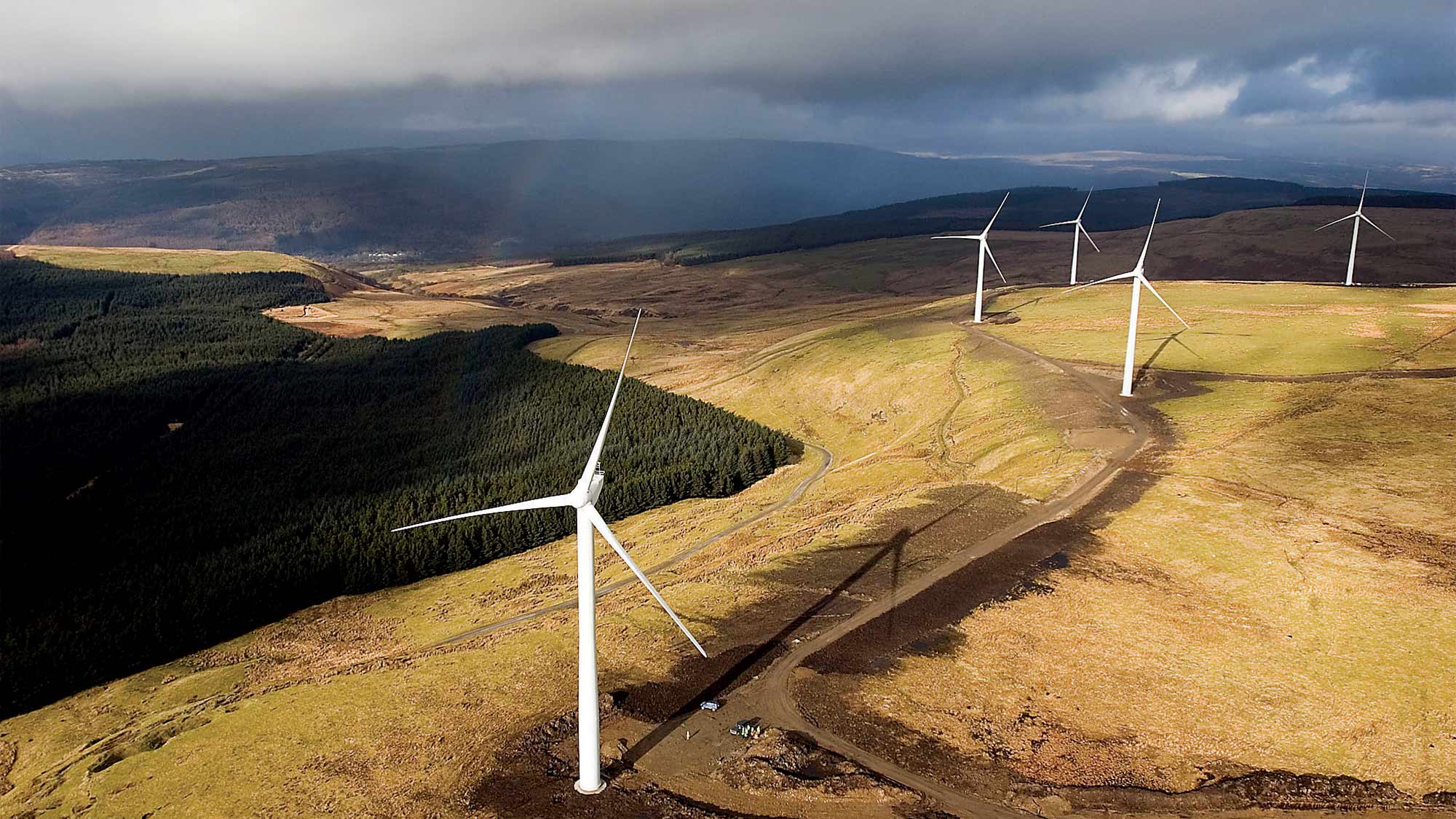 ;
;
